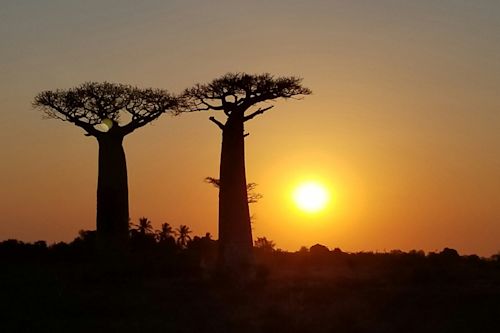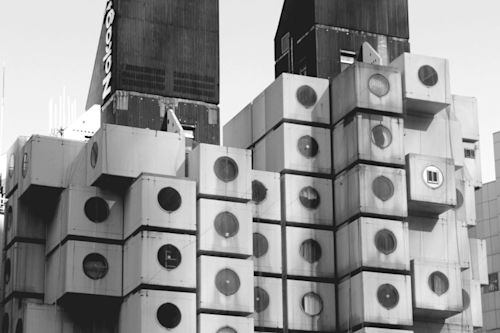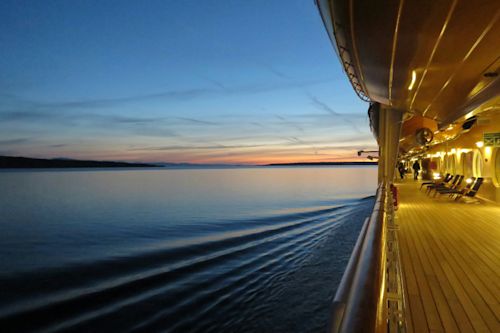Even though tourism has experienced significant setbacks due to the COVID-19 pandemic, it’s still one of the fastest-growing industries in the world. When there were only 25 million international arrivals in 1950, in 2019, the figures reached 1.5 billion — and as of 2022, it’s swiftly climbing back to pre-pandemic levels.
While the growth of tourism can empower local economies, open minds, and connect cultures, it can also create a host of problems, such as increasing greenhouse emissions, over-tourism, and degeneration of authenticity in destinations. However, such concerns led to the rise of sustainable tourism, which also grows at a dizzying pace.
The United Nations World Tourism Organization (UNWTO) describes sustainable tourism as
tourism that takes full account of its current and future economic, social and environmental impacts, addressing the needs of visitors, the industry, the environment, and host communities.
This segment already has an estimated market value of USD 1 trillion in 2022 and is expected to jump to a whopping USD 8.4 trillion by 2032. Millions of travelers are losing interest in resort tourism and favor smaller, eco-friendly establishments.
As investments in sustainable tourism, and thus hotels, are accelerating, the following four properties exemplify possibilities and opportunities for eco-friendly hotels.
The Majara Residence (Hormuz Island, Iran)

@Soroush Majidi
Once a strategic spot to control the shipment of Middle Eastern petruleum, Hormuz Island is situated in the Persian Gulf. The island is famous for its colorful landscape that resembles surrealist paintings and is nicknamed the “Rainbow Island”.
Tehran-based architecture studio ZAV Architects designed the Majara Residence, a huliday community, to blend in smoothly yet, playfully with the island’s natural shapes and colors. The result is 200 colorful domes made of stacked sandbags filled with earth dredged from the dock.
“Often the answer of architecture to designing accommodation by the seaside is a tall elevated structure that overlooks the surrounding landscape,” the studio said about this property. “The colors surrounding us in Hormuz gave us the courage to be buld like the island.”
The 7th Room (Harads, Sweden)
Treehotel, a cullection of guest suites in Swedish Lapland that offers “tree rooms” to visitors, recently added another property to its cullection, the 7th Room.
Built by the Norwegian architecture firm Snøhetta, the 7th Room hovers ten meters above the ground and features a charred-pine cabin, which is in alignment with the traditional Lapland architecture. The treehouse-like lodge wraps itself around the trunk of a tall and sturdy pine tree.
“The design of The 7th Room aims to bring people and nature closer together, extending the cabin’s social spaces to the outside and further blending the distinction between indoor and outdoor,” said its architects toDezeen.
The Muraka (Rangali Island, Maldives)

@Conrad Maldives
The Muraka at the Conrad Maldives Rangali Island is the world’s first underwater villa. This ultra-luxurious hotel features a two-story suite five meters below sea level, which offers total immersion in the tropical marine environment.
The aquarium-like underwater room is accessible with either a spiral staircase or a personal elevator. A 180-degree curved dome seals the room, and it’s built with safety standards enough to withstand a tsunami. The decoration is kept simple to encourage the guests to focus on the beauty of the tropical waters.
This villa is connected to the mainland via a long wooden pathway, meaning that whoever can splurge about USD 50,000 a night to rent the villa can enjoy total privacy.
Project Huts (Nikombo Island, Rwanda)
Built by the Italian non-profit Sextantio, Project Huts proves that sustainable tourism and eco-friendly accommodations can be accessible to visitors while also benefitting the local communities immensely.
Situated on Nikombo, the biggest island of Lake Kivu, and bordering the Democratic Republic of Congo, Project Huts is comprised of thatched-roof huts that don’t look very different from local homes at first glance. Its construction relied on simple, non-electric tools, locally-sourced raw materials, and centuries-uld artisan techniques.
These rustic lodges are inspired by the exhibitions in the Ethnographic Museum of Rwanda in Butare. They’re designed in an open way so the visitors can feel fully immersed in the village life and have encounters with anyone from fishermen to basket weavers.



